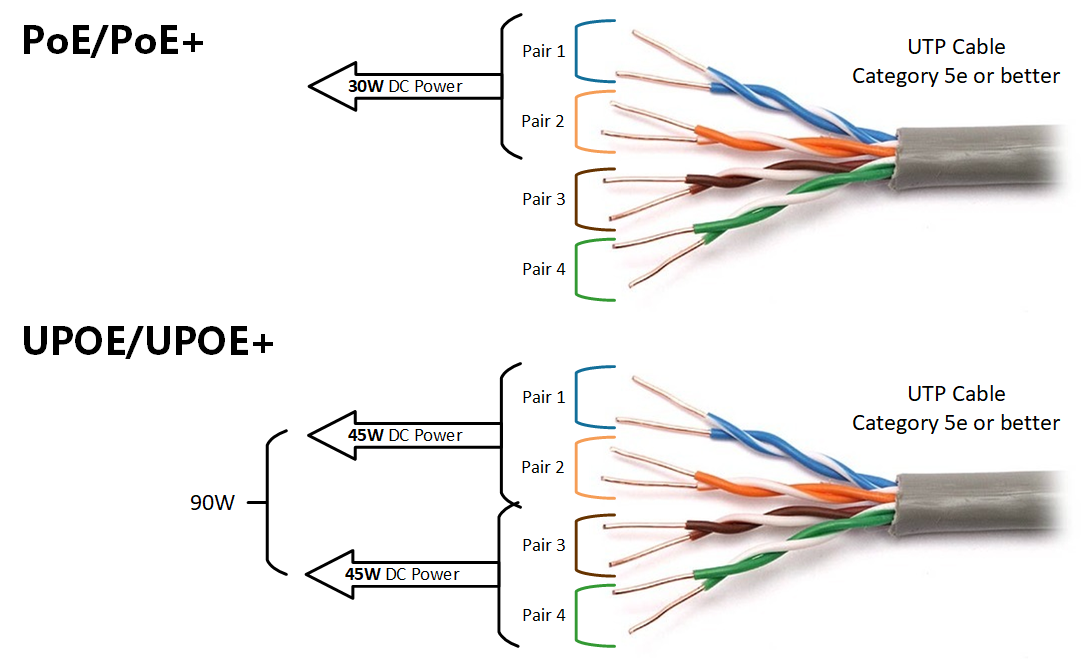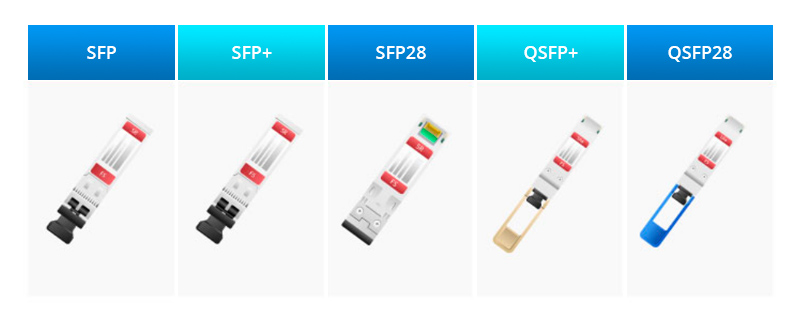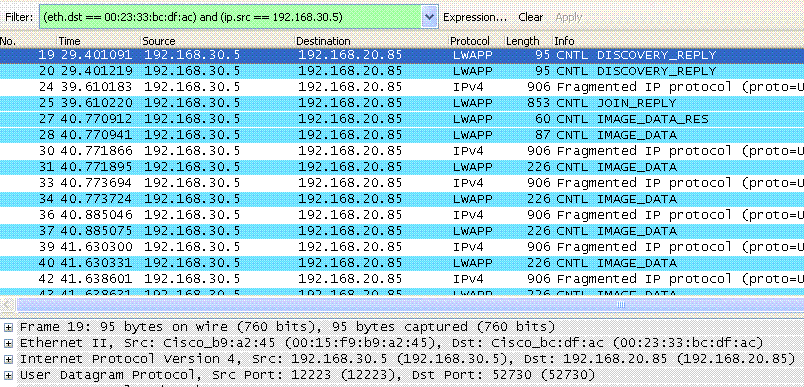































802.11a (or Wi-Fi 2, unofficially) was one of the first Wi-Fi communication standards created in the IEEE 802.11 standards family. It's often mentioned with other standards like 802.11b/g/n and 802.11be. Knowing that they're different is useful when buying a new router or connecting new devices to an old network that might not support new tech.
802.11a wireless technology should not be confused with newer and more advanced standards with a similar name, like 802.11ac (Wi-Fi 5) or 802.11ax (Wi-Fi 6).
Although some people use informal terms like Wi-Fi 1 for 802.11b and Wi-Fi 2 for 802.11a, the official Wi-Fi naming system only begins with Wi-Fi 4 (802.11n), a structure introduced in 2018 to simplify the understanding of Wi-Fi standards for consumers. The Wi-Fi naming convention extends to Wi-Fi 7, which refers to the 802.11be standard, the fastest and most recent technology.
802.11a and 802.11b were developed at about the same time. 802.11b enjoyed faster acceptance because its implementation was more affordable. They use different frequencies, so they are incompatible. 802.11a found a niche in businesses, while the less expensive 802.11b became standard in homes.
The 802.11a specification was ratified in 1999, around the same time as 802.11b, both building on the original 802.11 standard that struggled to gain widespread use due to its slow speeds.
802.11a and the other standards were incompatible, meaning that 802.11a devices couldn't communicate with the other kinds and vice-versa.
An 802.11a Wi-Fi network supports a maximum theoretical bandwidth of 54 Mbps, substantially better than the 11 Mbps of 802.11b and on par with what 802.11g would offer a few years later. The performance of 802.11a made it an attractive technology but achieved that performance using relatively expensive hardware.
802.11a gained some adoption in corporate network environments where cost was less of an issue. Meanwhile, 802.11b and early home networking exploded in popularity during the same period.
802.11b and then 802.11g (802.11b/g) networks dominated the industry within a few years. Some manufacturers built devices with both A and G radios integrated to support either standard on so-called a/b/g networks, although these were less common as relatively few A client devices existed.
Eventually, 802.11a Wi-Fi phased out of the market in favor of newer wireless standards.
U.S. government regulators in the 1980s opened three specific wireless frequency bands for public use: 900 MHz (0.9 GHz), 2.4 GHz, and 5.8 GHz (sometimes called 5 GHz). 900 MHz proved too low of a frequency to be useful for data networking, although cordless phones used it widely.
802.11a transmits wireless spread spectrum radio signals in the 5.8 GHz frequency range. This band was regulated in the U.S. and many countries for a long time, meaning that 802.11a Wi-Fi networks did not have to contend with signal interference from other transmitting devices.
802.11b networks used frequencies in the often unregulated 2.4 GHz range and were much more susceptible to radio interference from other devices.
:max_bytes(150000):strip_icc()/GettyImages-184999273-f5c56c11165d4aa996d4b3337502fd1d.jpg) Getty Images
Getty Images Although it helps improve network performance and reduce interference, the signal range of 802.11a is limited by the use of 5 GHz frequencies. An 802.11a access point transmitter covers less than one-fourth the area of a comparable 802.11b/g unit.
Brick walls and other obstructions affect 802.11a wireless networks to a greater degree than they do comparable 802.11b/g networks.
The 9 Best Ways to Boost a Wi-Fi Signal Etiquetas calientes:
Internet
Etiquetas calientes:
Internet